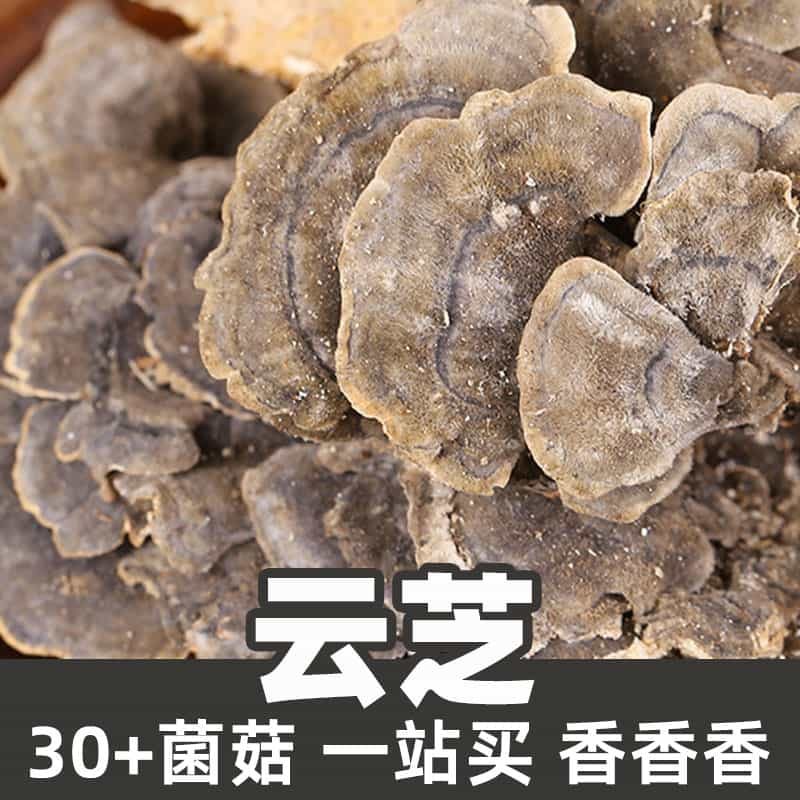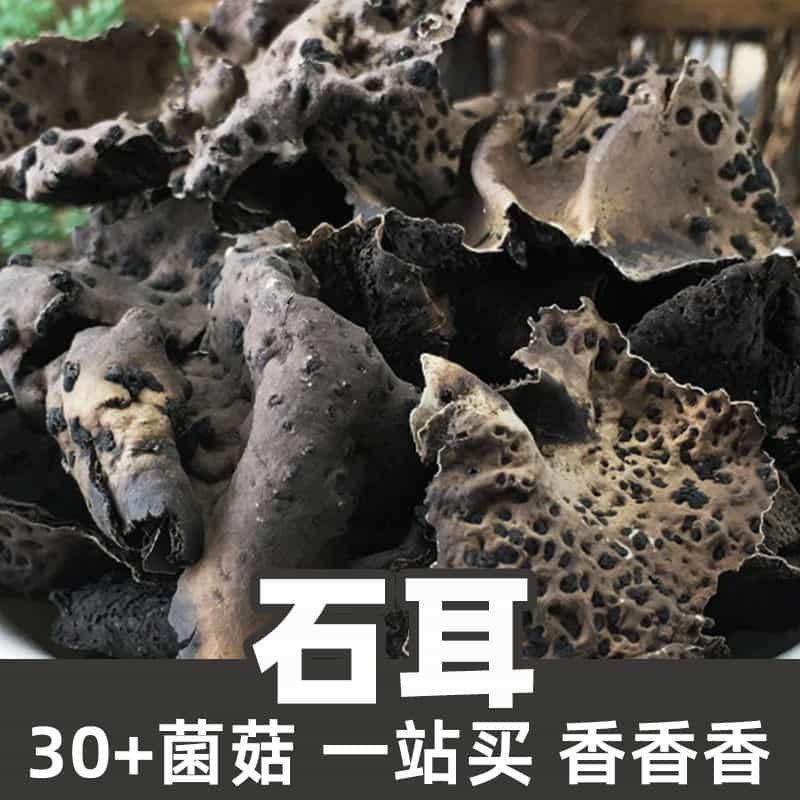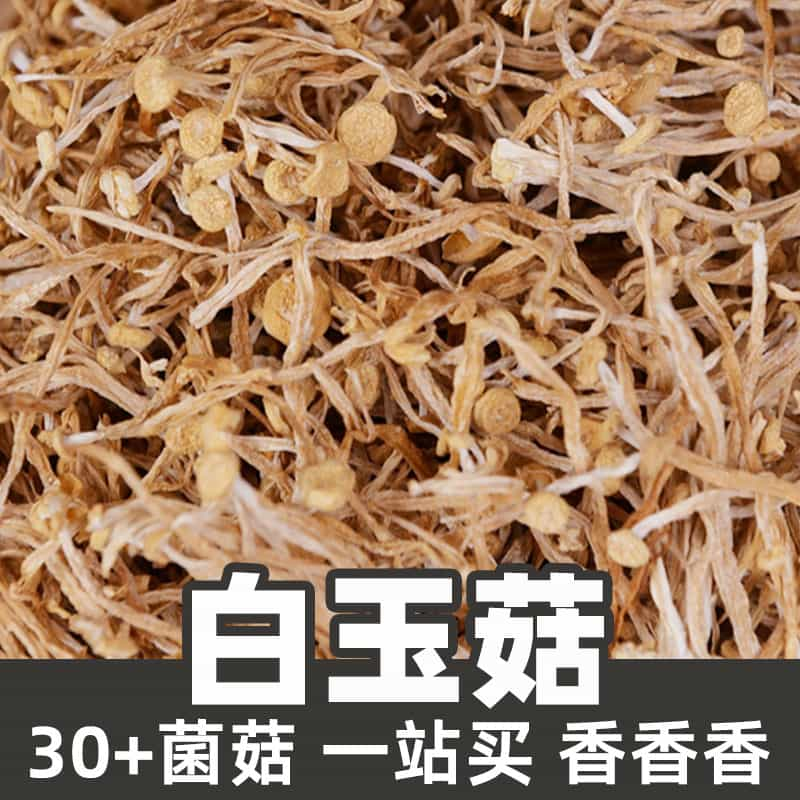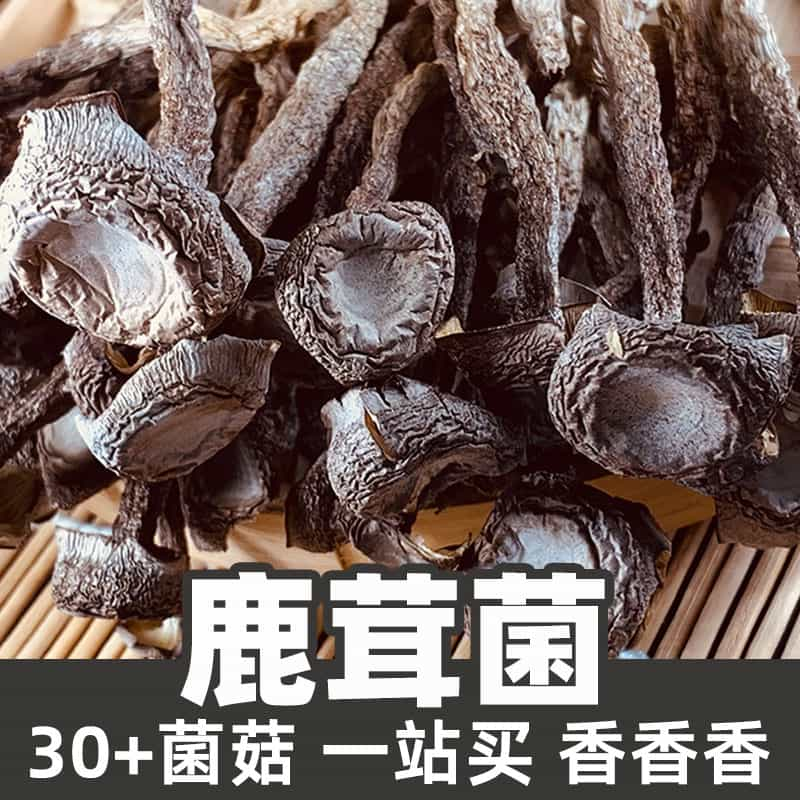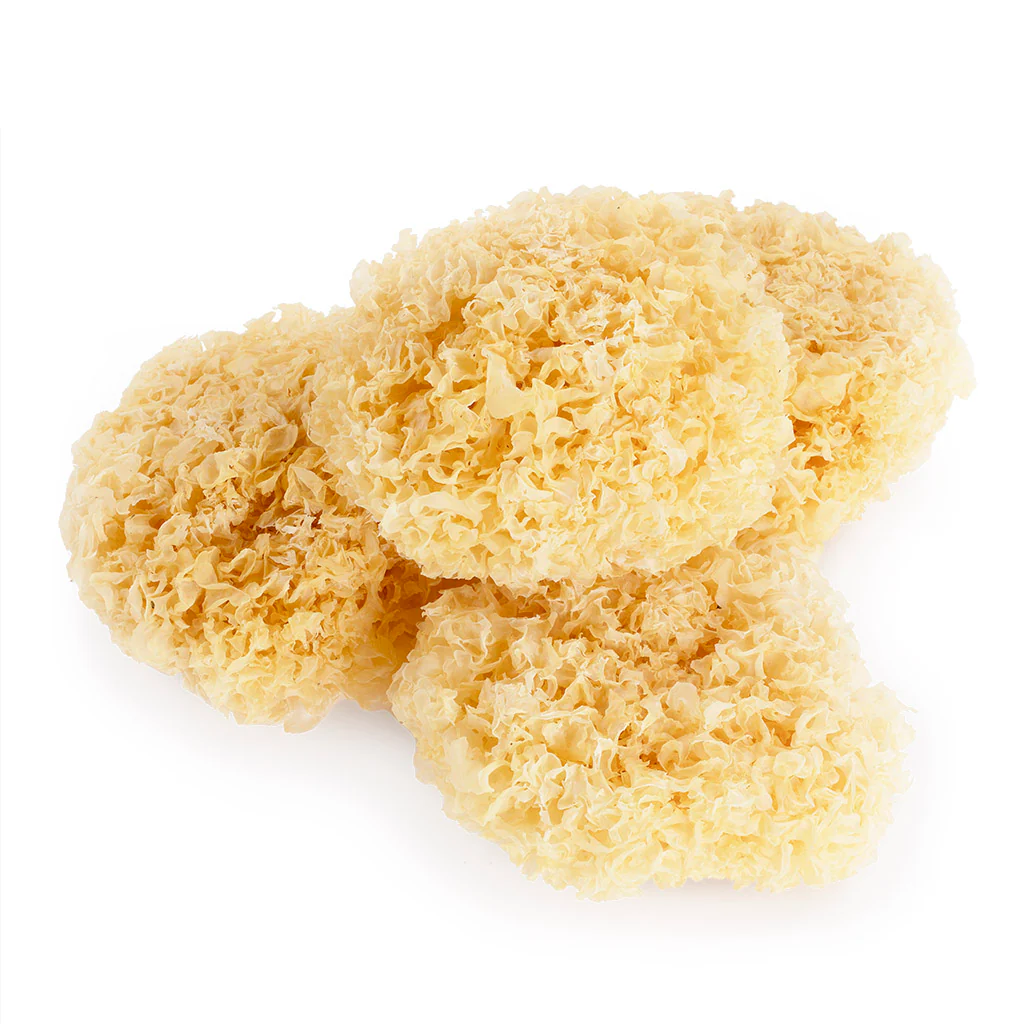Product Introduction
Black fungus, scientifically known as Auricularia auricula-judae, is a popular mushroom often found in Asian cuisine. Its distinctive dark color and gelatinous texture make it a unique addition to many dishes, such as soups, salads, and stir-fries. Historically, black fungus has been valued not only for its culinary uses but also for its potential medicinal benefits. It is known in traditional Chinese medicine for its purported ability to improve circulation and support immune system health. The mushroom grows in decaying wood, particularly in temperate forests, and thrives under specific environmental conditions. Along with its appealing taste and texture, black fungus provides nutritional benefits, including essential vitamins and minerals that contribute to overall health.
Nutritional Composition
Black fungus is rich in vital nutrients and bioactive compounds, making it an attractive food source. Its primary components include polysaccharides, which contribute to immune support and have anti-inflammatory effects. The protein content of black fungus is notable, providing a plant-based source of amino acids for those seeking alternatives to meat. Additionally, it contains a substantial amount of dietary fiber, which is beneficial for digestive health and helps maintain bowel regularity. Antioxidants present in black fungus, such as phenolic compounds, play a crucial role in neutralizing free radicals in the body, potentially reducing the risk of chronic diseases. Minerals like potassium, calcium, and magnesium are also found in this fungus, enriching its nutritional profile. Overall, black fungus provides a balance of carbohydrates, proteins, and essential minerals that support a nutritious diet while offering potential health benefits.
Application Scenarios
Black fungus is primarily utilized in culinary applications, particularly within Asian cuisine. Its unique texture and ability to absorb flavors make it a popular ingredient in soups, stir-fries, and salads. In Chinese cuisine, it is commonly added to hot and sour soup and often garnished on various dishes. Beyond culinary uses, black fungus is recognized for its health-promoting properties. In traditional medicine, it is used as a dietary supplement aimed at enhancing blood circulation, boosting immune function, and detoxifying the body. The mushroom is also included in various herbal formulas, demonstrating its significance in holistic health practices. Furthermore, black fungus has gained attention in the health food industry, where it is processed into powders and capsules for use in dietary supplements aimed at promoting overall health.
Growth Environment and Geographic Distribution
Black fungus thrives in specific environments where it can draw nutrients from decaying wood. It commonly grows on broadleaf trees in temperate forests, favoring warm, humid climates. Its natural habitat primarily includes regions across East Asia, particularly in countries such as China, Japan, and Korea, where it is widely cultivated and harvested. Black fungus is typically found in forests during the spring and fall months, when the weather conditions are ideal for its growth. In addition to its wild foraging, black fungus is commercially cultivated on a large scale, taking advantage of controlled growing environments to produce consistent yields. This cultivation has expanded its geographic distribution, allowing it to be found in markets worldwide, thus enhancing its accessibility and popularity across different culinary practices.
Harvesting, Processing, and Storage
Harvesting black fungus requires careful monitoring of its growth on suitable substrates, primarily decaying wood. Once the mushrooms reach maturity, they can be harvested by hand, ensuring that the fruiting bodies are gently removed to protect the remaining mycelium for future growth. After harvesting, black fungus usually undergoes a processing phase to enhance its shelf life, especially when dried. The drying process involves exposing the harvested mushrooms to air or using dehydrators, which preserves their nutritional components while preventing spoilage. Properly dried black fungus can be stored in airtight containers in cool, dry places, maintaining its quality for extended periods. Fresh black fungus, on the other hand, has a shorter shelf life and should be refrigerated, ideally consumed within a few days. Soaking dried black fungus in water before cooking is a common practice that rehydrates and restores its original texture, readying it for culinary use.
Monica Sun is a seasoned expert in the natural raw materials industry, with over a decade of experience specializing in traditional Chinese medicinal herbs, spices, and fungi. She is skilled in the sourcing, processing, and application of these materials, emphasizing sustainability and innovation. Monica Sun has contributed to the development of high-quality natural raw materials that serve as essential components in functional foods, pharmaceuticals, and cosmetics, delivering tailored solutions to meet diverse market needs.









